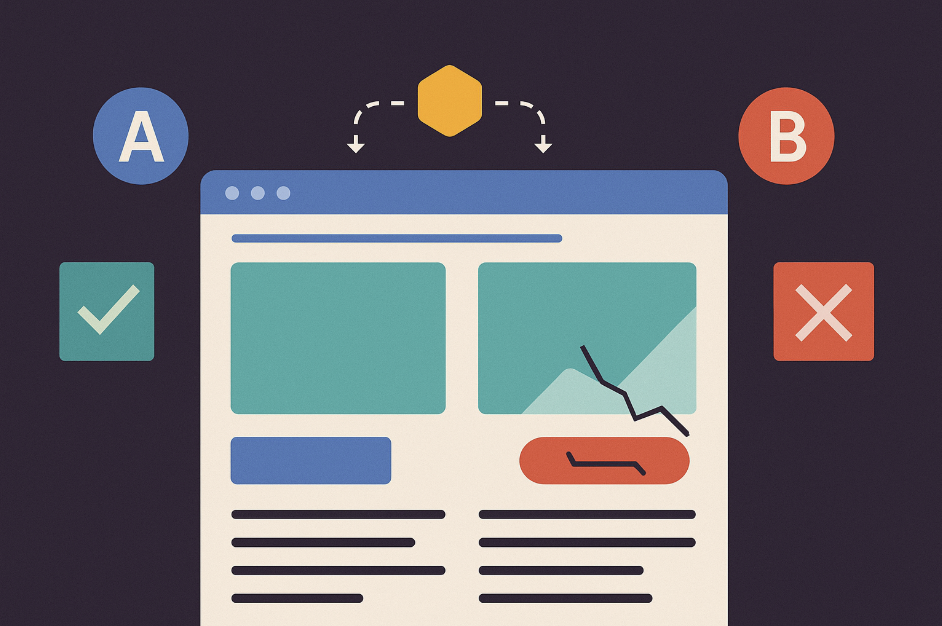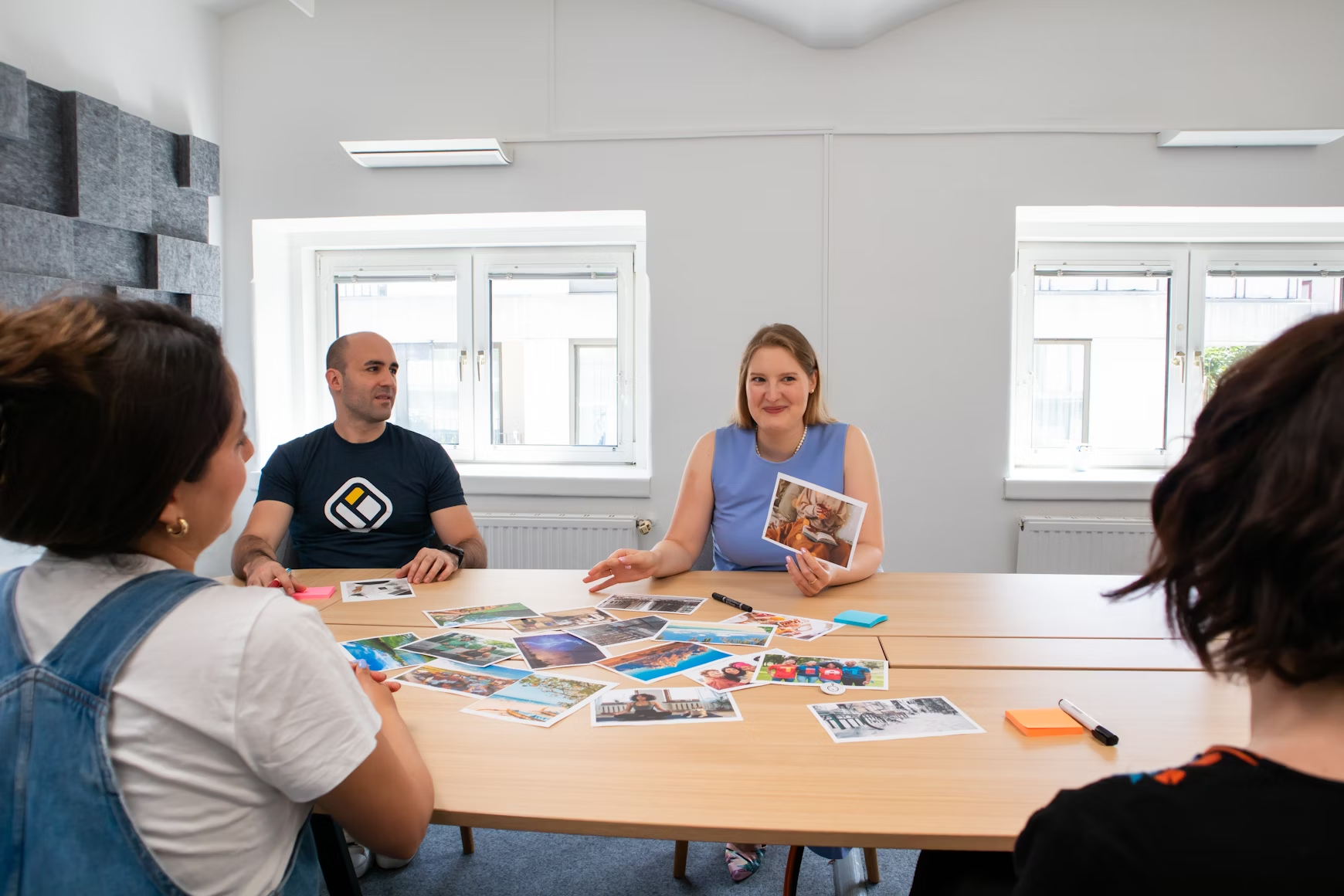
Yusuf Shurbaji
December 19, 2024
|
4
min read
In the competitive world of e-commerce, user experience (UX) and conversion optimization are paramount. One key element that directly impacts both is website navigation. A well-designed navigation system not only helps visitors find what they’re looking for but also encourages them to engage further with the website, improving conversion rates and building brand loyalty.
Let’s explore three essential types of website navigation systems tailored for e-commerce websites and proven to improve your website conversion rates and overall wayfinding experience for your visitors.

A mega menu is a large, dropdown interface that displays multiple levels of categories and subcategories in a visually structured layout. This type of navigation is particularly effective for e-commerce websites offering a wide range of products, as it allows users to quickly identify and navigate to specific items or categories.

E-commerce giant Amazon employs a sophisticated mega menu, categorized by departments such as "Electronics," "Books," and "Home & Kitchen." Users can hover over each category to reveal subcategories, making it easy to drill down to specific products. The intuitive design ensures customers spend less time searching and more time shopping.
Studies and examples from Baymard Institute suggest well-designed mega menus improve discoverability, especially for large catalogs, resulting in higher user satisfaction and conversion rates.
Breadcrumb navigation serves as a secondary navigation aid, displaying the user's path from the homepage to their current location on the site. Commonly presented as a horizontal trail (e.g., "Home > Electronics > Smartphones"), it helps users understand their position within the website's structure and their journey through the website.

Online fashion retailer ASOS uses breadcrumb navigation effectively. When browsing a product, users can see the trail of pages leading to the item, such as "Women > Clothing > Dresses." This ensures customers can backtrack to explore related items in the same category.
According to Smashing Magazine, breadcrumbs reduce bounce rates by guiding users to other relevant parts of the site, fostering deeper engagement and increasing the likelihood of conversions.
For e-commerce sites with extensive inventories, a robust search functionality is indispensable. Search-centric navigation prioritizes the search bar, empowering users to find products directly by entering keywords, product names, or SKU numbers. Enhanced by features like auto-suggestions, filters, and voice search, this type of navigation offers a frictionless experience for goal-oriented shoppers.

The search functionality on Zappos, a leading online shoe and clothing retailer, is exemplary. Its search bar offers auto-complete suggestions, filters by size, brand, and price, and even includes images in the results, enabling users to find exactly what they’re looking for in seconds.
Research by Econsultancy indicates that up to 30% of e-commerce site visitors use the search bar, and those who do are twice as likely to convert because they have a clear purchase intent .
Effective website navigation is a cornerstone of any successful e-commerce strategy. Whether you’re catering to browsers, researchers, or buyers, offering intuitive paths to explore and purchase products will significantly impact user satisfaction and conversion rates.
By leveraging these navigation types and tailoring them to your e-commerce site’s specific needs, you can provide an exceptional shopping experience that not only delights users but also boosts your bottom line. For businesses aiming to stay competitive in the digital marketplace, optimizing navigation isn’t just a best practice—it’s a necessity. To learn more about navigation best-practices and for a free audit, reach out to us today.

Yusuf Shurbaji
Co-Founder & Managing Partner
Yusuf Shurbaji has over a decade of ecommerce growth experience. His past work includes building optimization departments & running experimentation inhouse and agency side for Dior, JCPenney, LVMH, American Precious Metals Exchange, Princess Polly, Built Brands, Ladder Sport, Maze Group, HelloFresh, Ledger, Blockchain.com, Kind Snacks, and other 9-figure brands. Yusuf is a Co-Founder of Prismfly, a conversion rate optimization agency focused on growing revenue and EBITDA for D2C ecommerce brands. Prismfly is the first CRO focused Shopify Plus certified agency and has seen triple digit growth the past 2 years.
Yusuf Shurbaji





